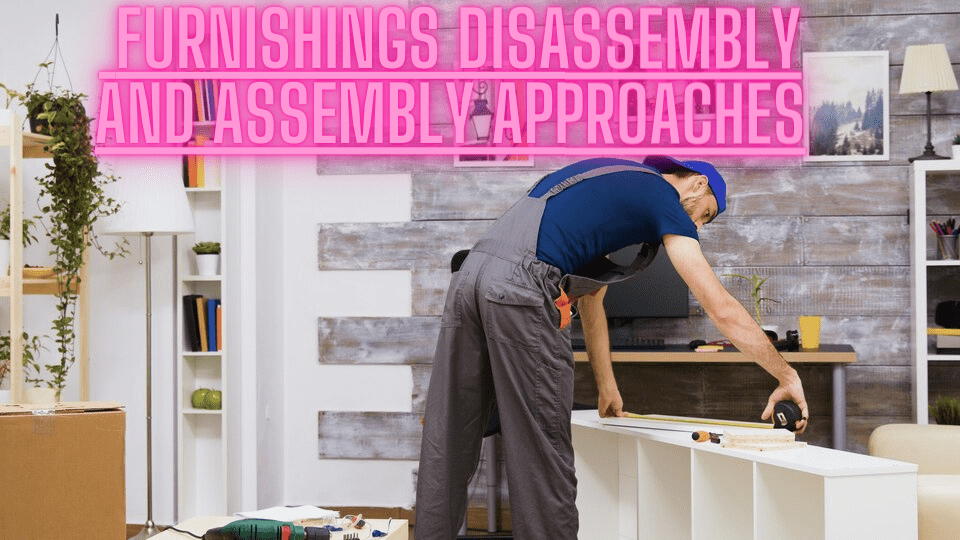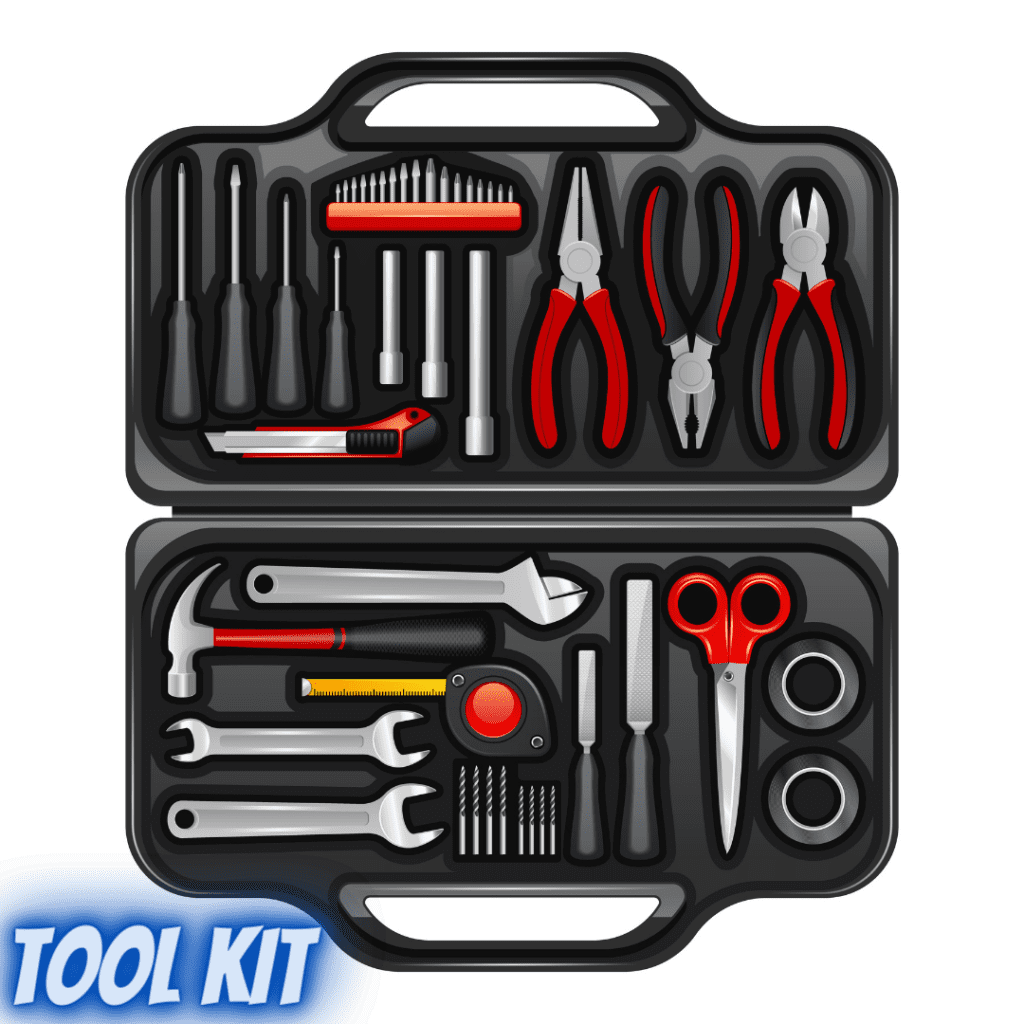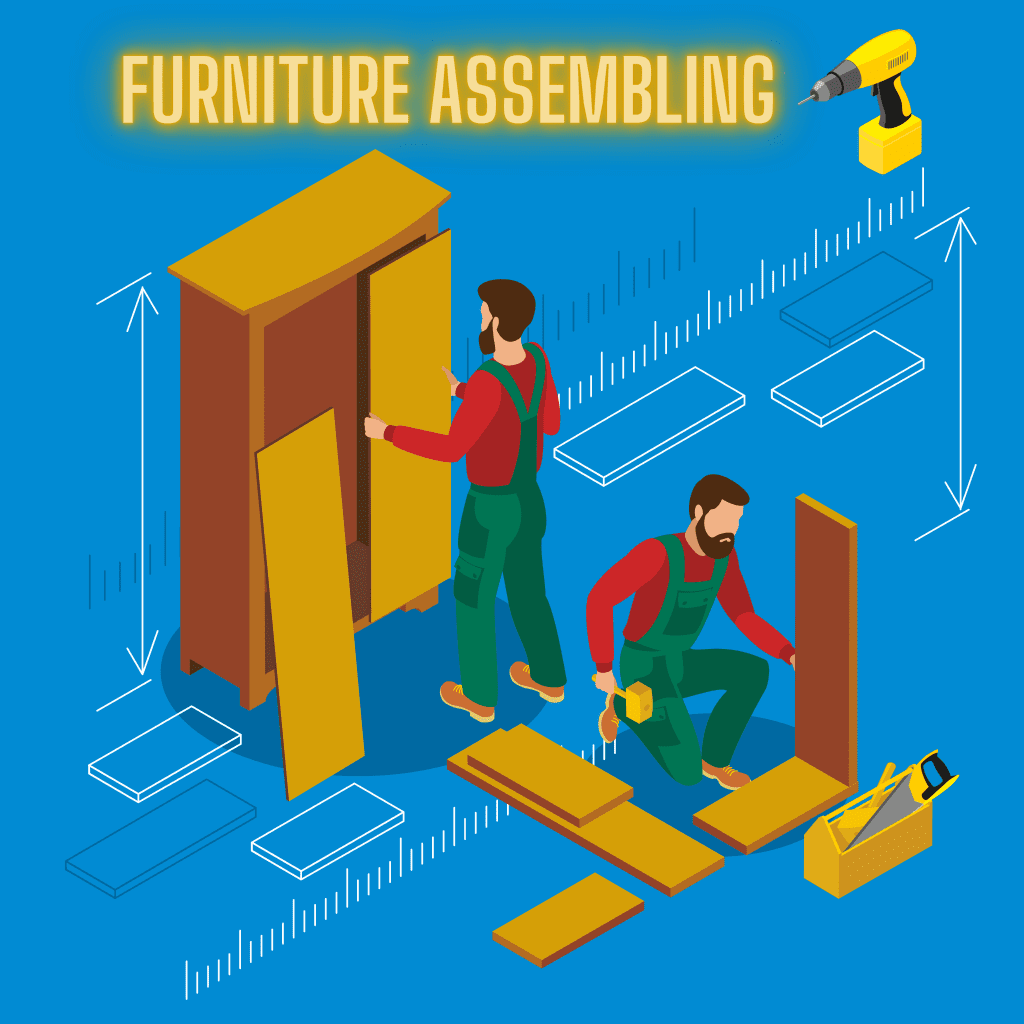Furnishings Disassembly and Assembly Approaches: A Comprehensive Handbook

In an international filled with ever-changing indoors design trends, our branch regularly needs to adapt to new areas and patterns. Whether or not you’re shifting to a new domestic, renovating your modern-day area, or virtually reimagining you’re indoors decor, understanding the art of department disassembly and meeting is a valuable talent. On this complete guide, we will take you via the technique, little by little, in a manner it truly is easy to understand, even in case you’re no longer a DIY fanatic.
1. Introduction to Furnishings Disassembly and Assembly
Imagine having a beautiful piece of furniture that no longer fits through your doorway. Or perhaps you’ve found the perfect item at a thrift store, but it’s in pieces. Fear not! Furniture disassembly and assembly techniques can come to your rescue. These skills are not only practical but also eco-friendly, as they allow you to extend the life of your branch.
2. Essential Implements and Components
Before diving into the disassembly and assembly process, gather the necessary implements and components:
- Screwdrivers (Phillips and flathead)
- Allen wrenches
- Pliers
- Hammer
- Rubber mallet
- Measuring tape
- Zip lock bags (for organizing small fragments)
- Furniture glides or pads
- Timber adhesive
- Screws and bolts

3. Safety First: Precautions before You Begin
Safety should be your top priority when working on furnishings. Here are some precautions to take:
- Put on safety goggles and gloves to shield your eyes and arms.
- Paintings in a properly-ventilated place to avoid inhaling dust or fumes.- Keep children and pets away from your workspace.
- If you’re unsure about any step, consult the manufacturer’s guidance or seek professional help.
4. Disassembling Branch: Taking It Apart

Disassembling furniture may seem intimidating, but with the proper method, it is potential. right here’s the way to get commenced:
- Assess the Piece: Examine the branch to identify the screws, bolts, and connections that hold it together.
- Organize Components: Use Ziplock bags to separate and label the hardware. This will make reassembly much smoother.
- Follow a Systematic Approach: Begin by removing cushions or upholstery, if applicable. Then, unscrew or unbolt the fragments in a logical order. Take pictures at each step for reference.
- Be Gentle: Use the appropriate implements and apply gentle pressure. Avoid forcing or over tightening screws and bolts, as this can damage the branch.
5. Assembly: Bringing It All Together
Assembling furnishings is like solving a puzzle. Here’s how to do it:
- Refer to Your Pictures: Start by referring to the pictures you took during disassembly. This will guide you in the reverse order.
- Follow the Guidance: If you have the manufacturer’s guidance, follow them closely. If not, use your best judgment based on the disassembly process.
- Tighten Gradually: Tighten screws and bolts gradually, ensuring that everything aligns correctly. Don’t fully tighten them until you’re sure everything fits together.
- Check for Stability: After assembly, check the stability of the piece. Wiggle it gently to ensure there are no loose fragments.
6. Recommendations for Tricky Parts
Some furnishings can be more challenging to disassemble and assemble than others. Here are some recommendations for dealing with tricky parts:
- For branch with hidden fasteners, use a flashlight to locate them.
- When dealing with antique or fragile pieces, take extra care and consider seeking professional help.
- If you encounter stripped screws, try using rubber bands or a rubber mallet for added grip.
7. Storing and Relocating Disassembled Furnishings
Whether you’re moving or just need to store branch, proper preparation is key:
- Label Components: Clearly label the disassembled fragments to avoid confusion during reassembly.
- Protect Fragile Parts: Wrap delicate pieces like glass tabletops in bubble wrap or fabric blankets.
- Store Hardware Safely: Keep all hardware in a secure container, and make sure it’s easily accessible when you need it.
- Consider Professional Movers: If you’re unsure about transporting large or heavy items, consider hiring professional movers who are experienced with disassembled furnishings.
8. Maintenance and Cleaning of Branch
Maintaining your furnishings is essential for its longevity. Here are some maintenance and cleaning recommendations:
- Regularly dust and wipe down surfaces to prevent dirt buildup.
- Tighten screws and bolts periodically to prevent wobbling.
- Repair any loose joints or cracks promptly to avoid further damage.
- Use appropriate cleaning products for different materials (e.g., timber, leather, fabric).
9. Troubleshooting Common Issues
Even with the best intentions, issues may arise during disassembly or assembly. Here are some common problems and their solutions:
- Misplaced Hardware: If you lose a screw or bolt, measure its size and head to a hardware store to find a replacement.
- Alignment Problems: If parts don’t align properly, double-check that you haven’t missed any hidden fasteners or screws.
- Stuck or Stripped Screws: Apply penetrating oil or use a screw extractor to remove stuck or stripped screws.
- Uneven Legs: Adjust the legs or levelers to ensure your branch sits evenly on the floor.
10. Conclusion
Congratulations! You’ve now mastered the art of furnishings disassembly and assembly. With the proper tools, precautions, and a little patience, you may transform your branch to suit your wishes and possibilities.
FAQ:
Q1: Can I disassemble and assemble any type of furnishings?
A1: Yes, most furnishings can be disassembled and assembled with the right implements and techniques. However, complex or antique pieces may require professional assistance.
Q2: How can I prevent harm during the disassembly process?
A2: Carefully follow the disassembly steps, take pictures, and use the right tools. Avoid using excessive force, which can lead to harm.
Q3: What should I do if I can’t find the assembly guidance?
A3: You can often find guidance online by searching for the furnishings manufacturer and model number. If not, follow the disassembly steps in reverse order.
Now that you have a comprehensive understanding of furnishings disassembly and assembly techniques, you can confidently tackle your next home improvement project. Happy DIY-ing!

One Comment